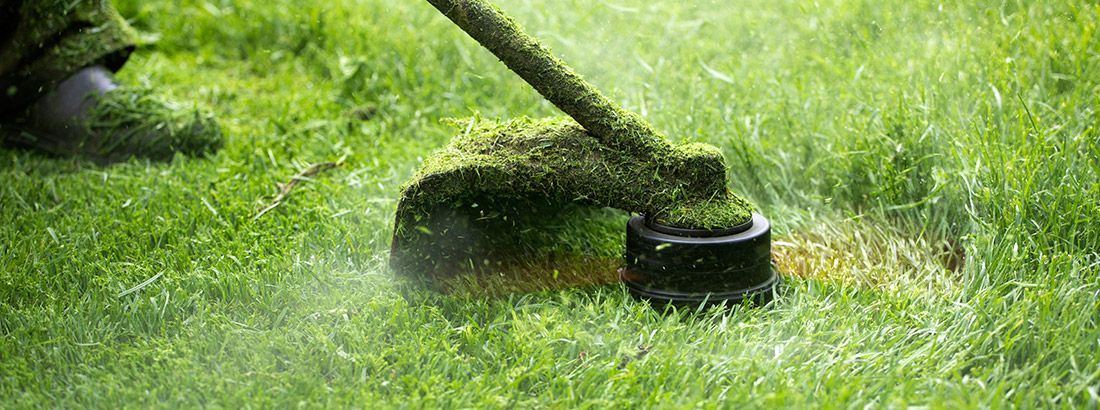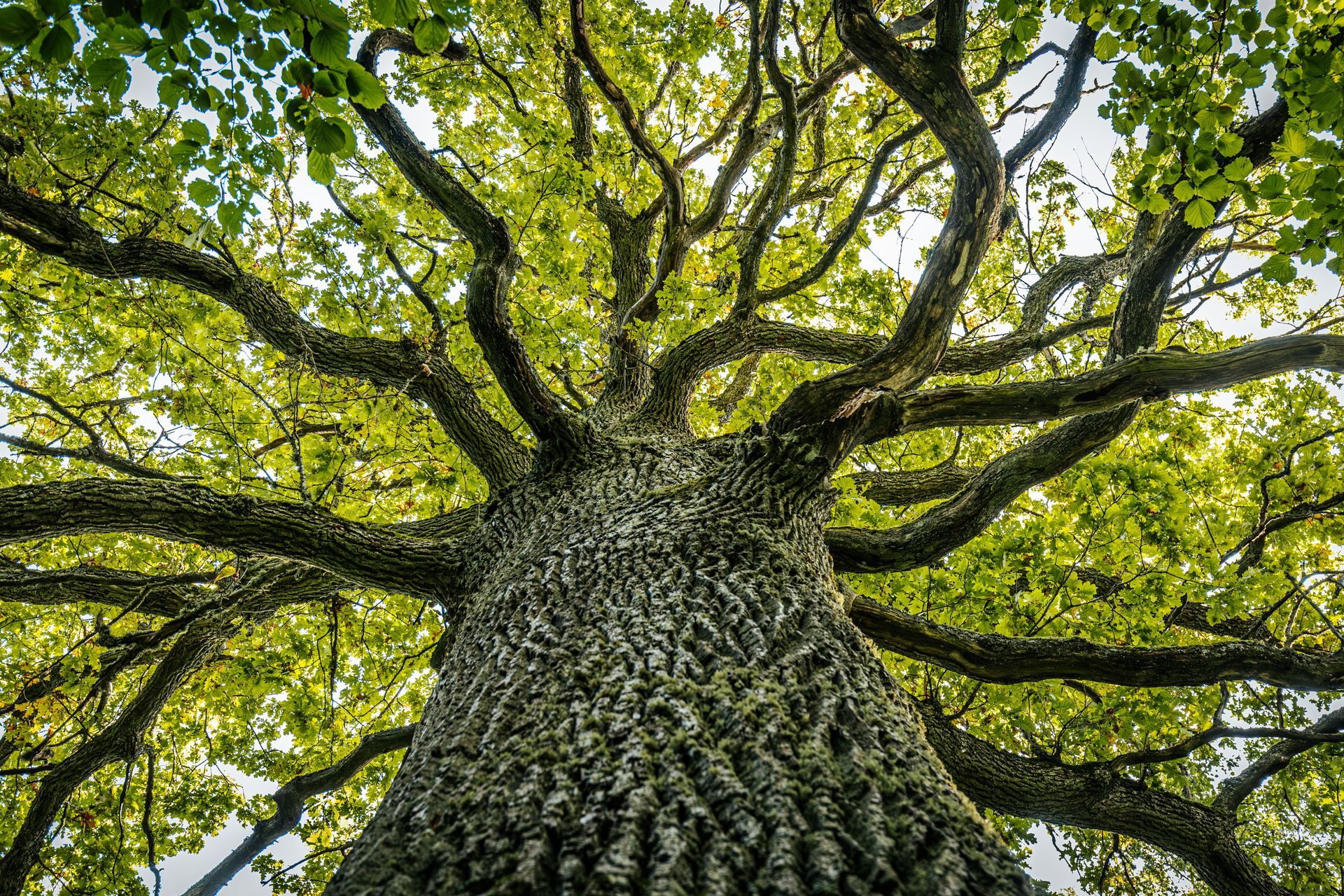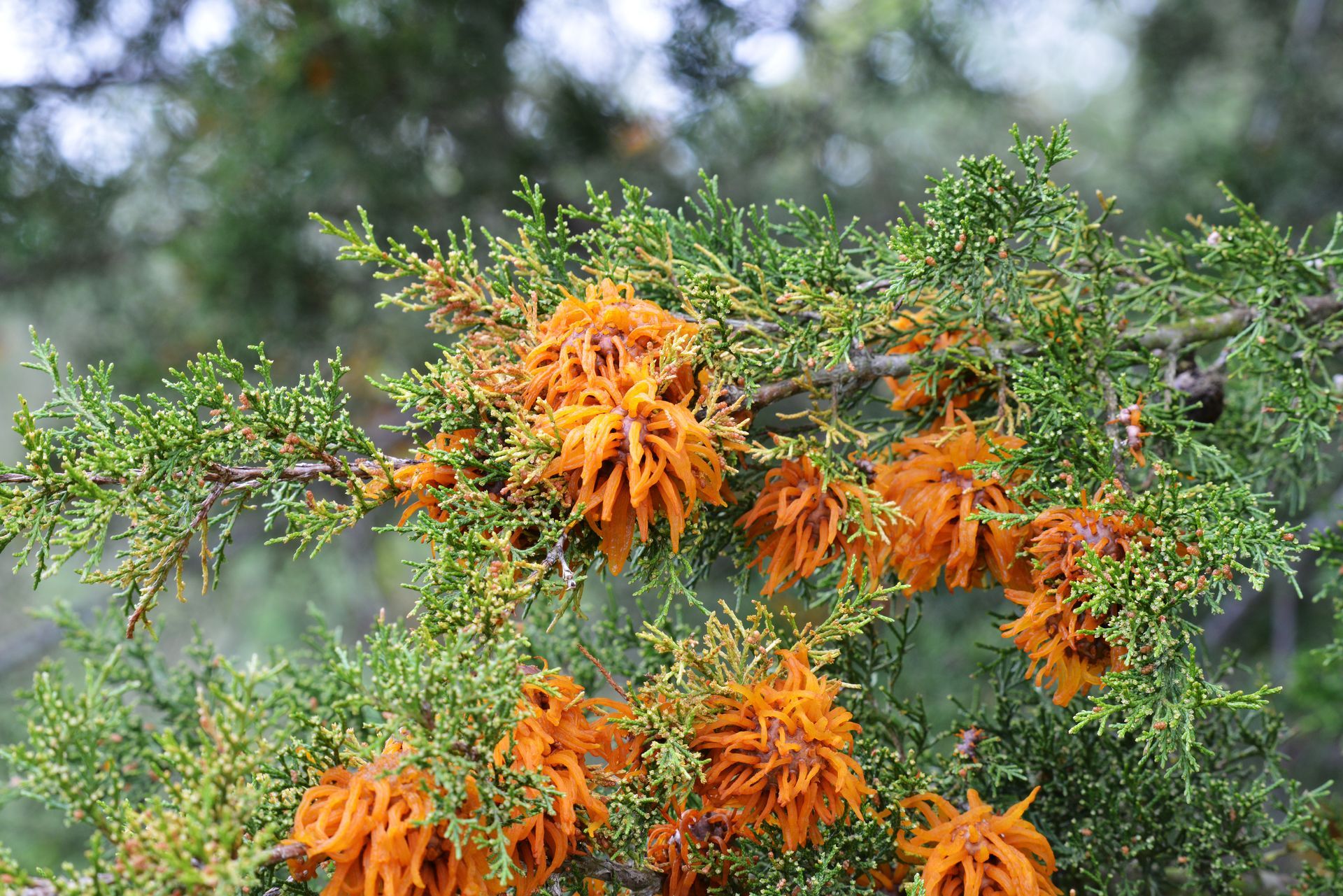May 22, 2023
The Truth About Sod Webworms in Home Lawns and What To Do About Them
Maintaining a lush, green lawn is a dream for many homeowners in Southeast Michigan. However, there are various threats that can compromise the beauty and health of your turf. One such menace is the sod webworm. These tiny pests may be small in size, but their impact on your lawn can be significant.
In this blog post, we'll learn more about sod webworms and what to do about them. We’ll also get to know their behavior and reveal how Visionary Fertilization can be your ally in controlling these unwelcome visitors.
What Are Sod Webworms?
Sod webworms refer to the larvae of lawn-damaging moths that belong to the Crambidae family. These pests are most active during the warm summer months when they feed on blades of grass, creating irregular brown patches on your lawn. Sod webworms have a distinctive appearance. They have straw-colored bodies and dark spots on their heads.
Signs of Sod Webworm Infestation
Detecting sod webworm infestations early on is crucial to minimizing and controlling their effects on your lawn. Keep an eye out for these signs:
- Irregular patches of brown, thinning grass
- Noticeable presence of small moths flying low over your lawn during evenings
- Small silk tubes or tunnels on the soil’s surface created by the larvae
- Birds frequently foraging in your lawn as they feed on the larvae
Understanding the Threat They Present
Sod webworms can multiply rapidly. Their voracious appetites for grass blades can lead to extensive damage if left unchecked. The patches of brown, dying grass can become an eyesore and create an uneven surface in your yard. Moreover, the weakened turf becomes susceptible to other problems, such as disease and weed infestations.
Controlling Sod Webworms With Visionary Fertilization
Visionary Fertilization is a trusted name in lawn care, offering effective solutions for lawn pest control, including sod webworms. Here's how our comprehensive lawn care program can help you combat these pests:
Professional Assessment
Visionary Fertilization's lawn care experts will inspect your lawn, identify the extent of the infestation, and determine the most appropriate treatment plan tailored to your lawn's specific needs.
Environmentally Friendly Approach
Visionary Fertilization uses eco-friendly products and methods, ensuring the safety of your family, pets, and the environment while effectively controlling sod webworms.
Targeted Treatments
Through the precise application of specialized insecticides, Visionary Fertilization can target sod webworms in their vulnerable larval stage, interrupting their lifecycle and preventing further damage to your lawn.
Ongoing Maintenance
Visionary Fertilization's lawn care program includes regular visits to monitor the progress of the treatment, address any new pest issues, and provide you with expert guidance for maintaining a healthy, pest-free lawn.
Can You Get Rid of Sod Webworms On Your Own?
It’s possible to DIY the removal of sod webworms but it entails more effort, the application of certain insecticides, and ongoing maintenance. Here are some steps you can take:
Remove Sod Webworms Manually
If you spot sod webworms or their larvae, you can try manually removing them. Wear gloves and pick them off by hand or use a small trowel to gently lift the damaged turf and expose the larvae to birds and other natural predators.
Irrigation
Sod webworms prefer dry conditions, so watering your lawn deeply and infrequently can help deter them. Watering deeply encourages the growth of healthy roots and makes it more challenging for sod webworms to survive.
Keep Grass Around 3 Inches High
Mow your lawn regularly to discourage sod webworms. Keep the grass height at around 3 inches and avoid cutting your lawn too short. Longer grass blades can be less attractive to these pests.
Use Biological Control Agents
Consider using biological control agents such as beneficial nematodes or Bacillus thuringiensis (Bt) products. Beneficial nematodes are microscopic worms that attack and kill sod webworm larvae while Bt products contain bacteria that are toxic to the larvae.
Insecticides
If the infestation is severe or other methods haven't provided satisfactory results, you could consider using insecticides labeled for sod webworm control. Look for products containing active ingredients like bifenthrin, carbaryl, or permethrin.
Lawn Maintenance

Maintain good yard care practices, including regular fertilization, proper watering, and adequate lawn aeration. A healthy lawn is more resilient to sod webworm damage.
Visionary Fertilization Can Help You Get Rid of Sod Webworms
Visionary Fertilization can help you learn about sod webworms and what to do about them. Our professional lawn care program offers a tailored approach to combat sod webworms effectively, ensuring a healthy, green lawn that you can enjoy. Don't let these pests ruin the beauty of your lawn. Take action today!
Call Visionary Fertilization at
586-281-5148 and take the first step towards a beautiful, pest-free lawn.




